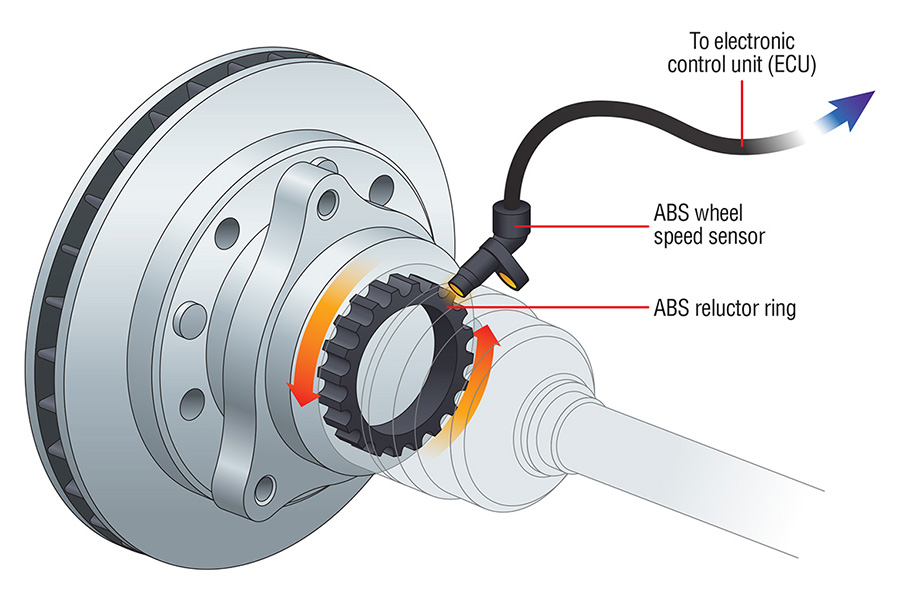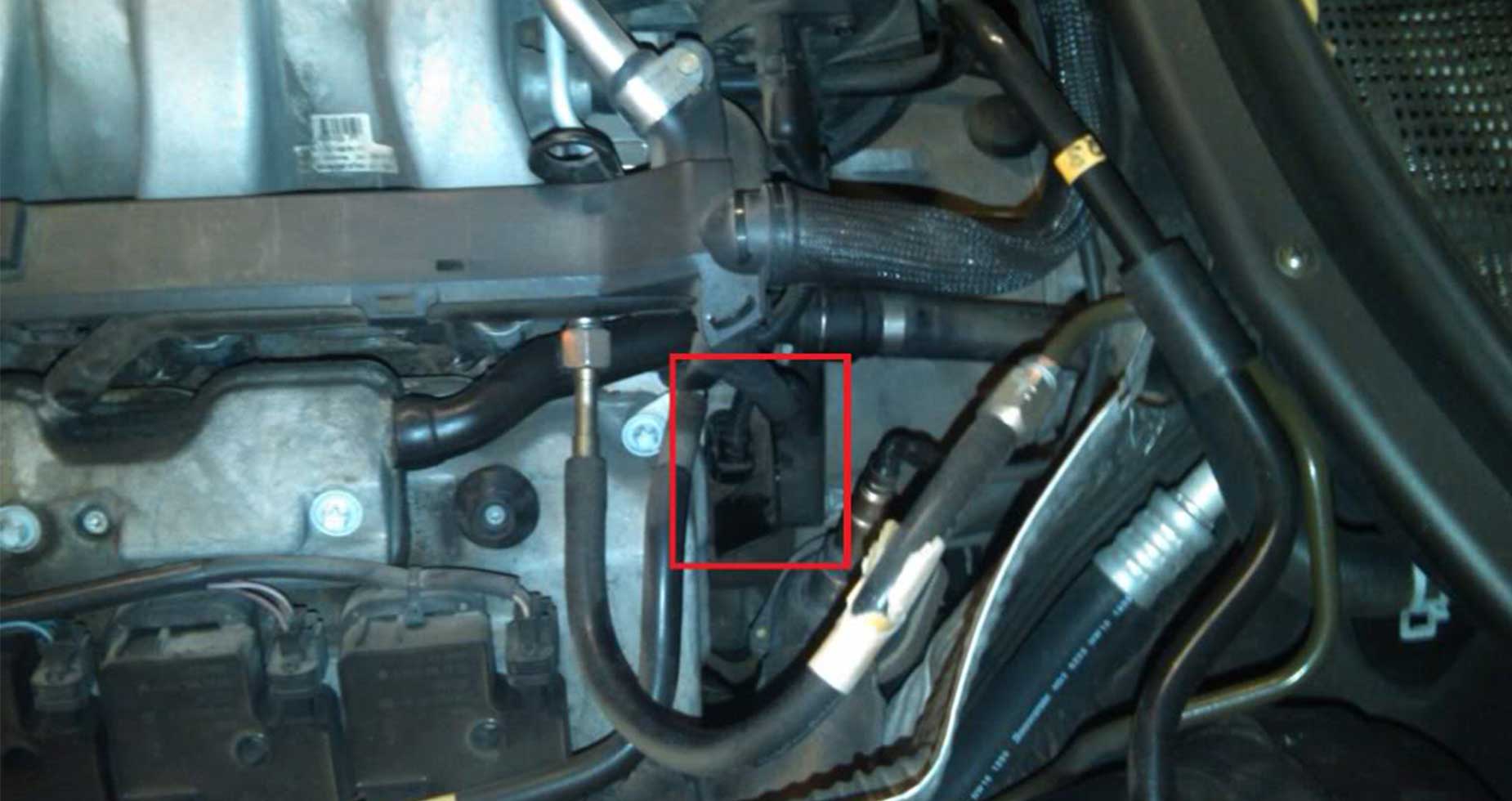In recent years, the automotive industry has witnessed significant advancements in sensor technology, particularly in the realm of Hall Effect sensors. These sensors play a crucial role in modern vehicles, providing accurate and reliable data for various applications. This article explores the recent innovations in Hall Effect sensor technology, focusing on improvements in accuracy and durability that have enhanced their performance in the automotive sector.
Understanding Hall Effect Sensors
Hall Effect sensors are devices that detect the presence of a magnetic field and convert it into an electrical signal. In automobiles, these sensors are widely used for applications like wheel speed sensing, gear position detection, and throttle position monitoring. The accuracy and reliability of these sensors are paramount for ensuring the safety and efficiency of vehicle operations.

Advancements in Accuracy
One of the noteworthy advancements in Hall Effect sensor technology is the improvement in accuracy. Manufacturers have been investing in research and development to enhance the precision of these sensors, allowing for more precise measurement of magnetic fields. This heightened accuracy has a direct impact on various automotive applications, such as anti-lock braking systems (ABS) and electronic stability control (ESC). As vehicles become more reliant on advanced safety features, the demand for accurate sensor data becomes increasingly critical.
Sub-Micron Magnetic Field Resolution
Recent innovations have led to the achievement of sub-micron magnetic field resolution in Hall Effect sensors. This means that these sensors can now detect extremely small changes in magnetic fields, providing a level of sensitivity that was previously unattainable. The implications for applications like adaptive cruise control and lane-keeping assist systems are profound, as vehicles can now respond more precisely to their surroundings.
Enhanced Signal Processing Algorithms
Advancements in signal processing algorithms have also contributed to the improved accuracy of Hall Effect sensors. Manufacturers are incorporating sophisticated algorithms that can filter out noise and interference, ensuring that the sensor readings are more reliable in real-world driving conditions. This enhancement is particularly beneficial in urban environments with high levels of electromagnetic interference.
Innovations in Durability
Apart from accuracy, durability is a key consideration in the automotive industry. Hall Effect sensors are exposed to harsh operating conditions, including temperature variations, vibrations, and exposure to contaminants. Recent innovations have focused on enhancing the durability of these sensors to ensure consistent performance throughout the vehicle’s lifespan.
Robust Encapsulation Materials
Manufacturers are now utilizing advanced encapsulation materials that provide better protection against environmental factors. These materials not only shield the sensors from moisture, dust, and chemicals but also contribute to improved thermal stability. As a result, Hall Effect sensors can operate reliably in a wider range of temperatures, making them suitable for both extreme cold and hot climates.
Sealed Sensor Housings
In addition to encapsulation materials, advancements in sealing technologies have led to the development of sealed sensor housings. This feature prevents the intrusion of water and other contaminants, further safeguarding the internal components of the sensor. The sealed design enhances the longevity of Hall Effect sensors, making them more resilient in demanding automotive environments.
Future Implications
The recent advancements in Hall Effect sensor technology have far-reaching implications for the automotive industry. As vehicles continue to evolve towards greater automation and connectivity, the role of accurate and durable sensors becomes increasingly pivotal. The innovations in accuracy and durability discussed in this article are just the beginning, with ongoing research likely to bring even more sophisticated sensor technologies to the forefront.
The automotive sector is experiencing a transformative phase in Hall Effect sensor technology. The combination of improved accuracy and enhanced durability ensures that these sensors meet the demanding requirements of modern vehicles. As we look towards the future, the continuous evolution of sensor technology promises to drive innovation in the automotive industry, ultimately contributing to safer and more efficient vehicles on our roads.











